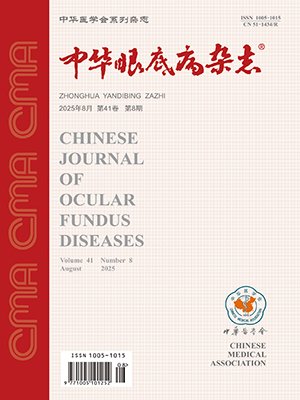ObjectiveTo determine the signal pathway of specifically expressed oncostatin M(OSM) in lens inducing retinal degeneration in transgenic mice.MethodsA sequence-truncated OSM cDNA (661 bp) of mice was linked to αA-crytallin promoter, and was micro-injected into unicellular embryo to set up the model of transgenic mice. Reversal transcription-polymerase chain reaction (RT-PCR) was used to detect the mRNA expression of gp130/OSMRβ receptor in the retinae of OSM transgenic and non-transgenic mice. Rabbit anti-phosphorylated STAT-3 antibody was used to detect the protein expression of phosphorylated STAT-3,and mouse anti-cytochrome C antibody was used to detect the distributing of cytochrome C in retinae. ResultsExpression of gp130/OSMRβmRNA was found in retina of non-transgenic mice. At the 17.5th day in the embryonic stage, significant accumulation of the phosphorylated STAT-3 was detected in the retinal nucleolus in OSM transgenic retina. At the first day after birth, intensive staining of cytochrome C in OSM transgenic retina was found. Conclusionsspecifically expressed OSM in lens may act on gp130/OSMRβ receptor in retinae, activate STAT-3, and cause the release of cytochrome C from mitochondria, which eventually induces widespread retinal degeneration.(Chin J Ocul Fundus Dis, 2005,21:167-169)
Citation: XIA Xiaobo,ZHOU Xia,XU Huizhuo,et al.. Retinal degeneration in transgenic mice induced by oncostatin M through gp130/OSMRβ receptor. Chinese Journal of Ocular Fundus Diseases, 2005, 21(3): 167-169. doi: Copy
Copyright © the editorial department of Chinese Journal of Ocular Fundus Diseases of West China Medical Publisher. All rights reserved




